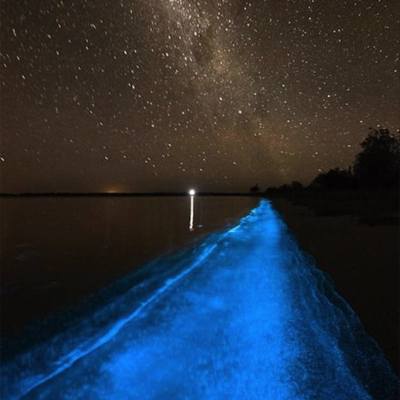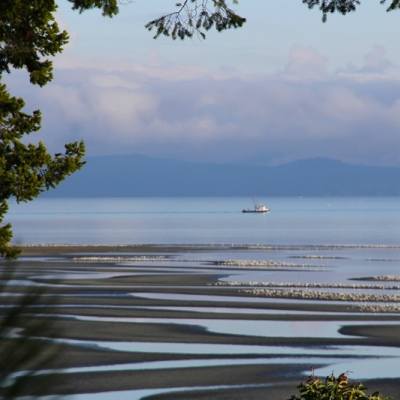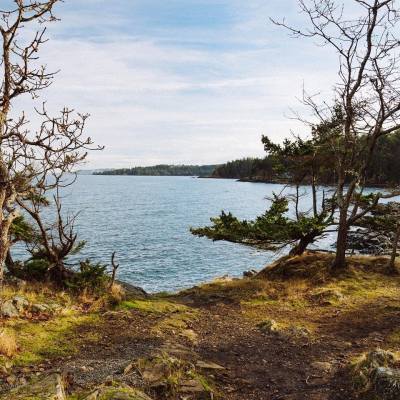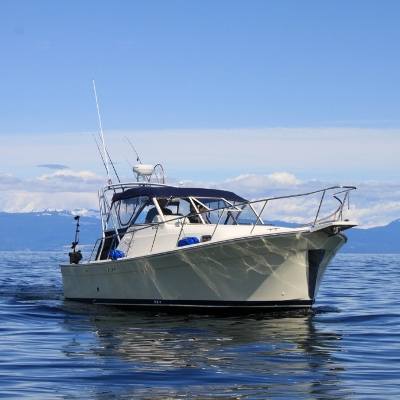Temporary Closure of Beaches to Dogs
Beaches within the Parksville Qualicum Beach Wildlife Management Area (PQBWMA) will be temporarily closed to dogs to the annual Brant geese migration. Rathtrevor Beach will be closed to dogs from February 15 to April 30. Parksville Bay Beach and Qualicum Beach from March 1 to April 30.
More InfoCapturing The 2025 Herring Spawn in Parksville Qualicum Beach and Beyond
As winter weather begins to fade in the Pacific Northwest, an ancient natural phenomenon transforms the waters along the coast of Vancouver Island into a mesmerizing display of life.
The Pacific Herring Spawn
Perhaps you've seen the excitement build on social media—spectacular shots of wildlife and mysteriously milky-blue waters—or maybe you've experienced it once before but remained curious about the details of this phenomenon.
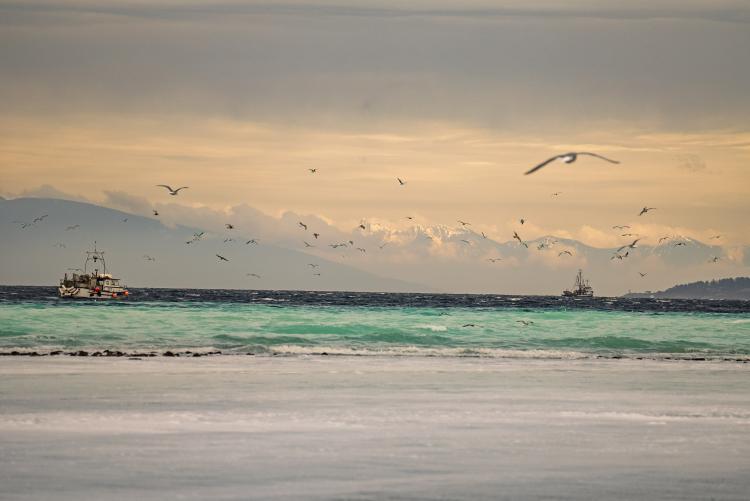
Throughout March, my colleague Robin and I ventured out to capture the Pacific Herring Spawn Season here on Vancouver Island. What we witnessed was nothing short of remarkable: breathtaking wildlife encounters, stunning natural vistas packed into just a few weeks, and connecting with other locals equally awestruck.

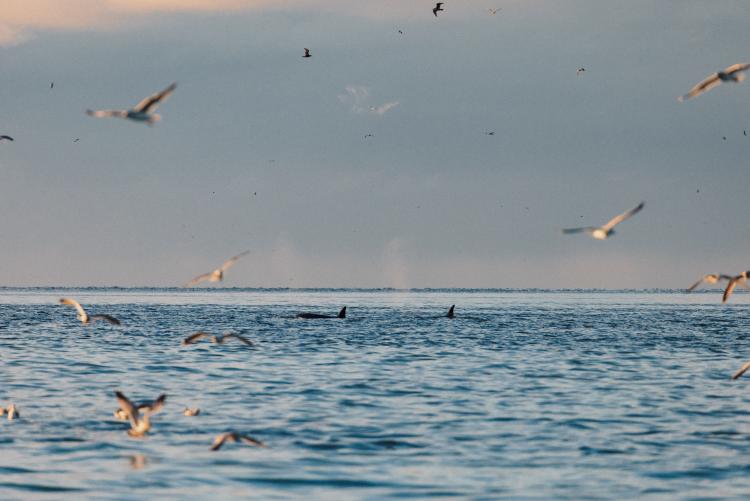
In this article, we share insights on what the herring spawn is, where and when to experience it, and how to make the most of this extraordinary natural event.
What is the Herring Spawn?
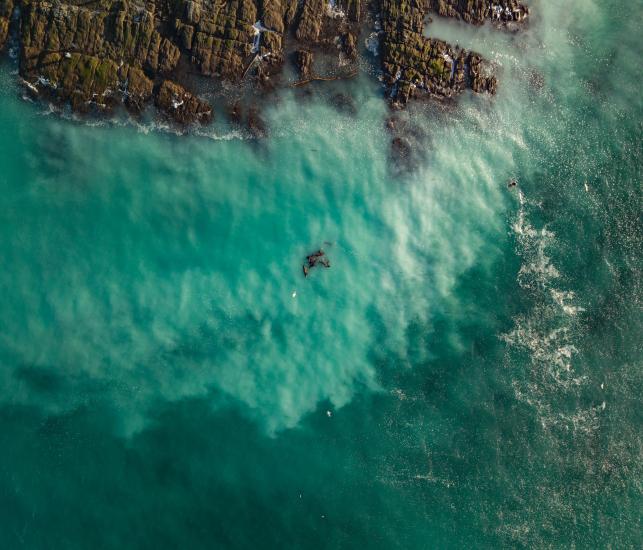
From February through April, the coastline of the Salish Sea comes alive as Pacific herring—one of the ocean's most ecologically significant fish—begin their annual reproductive cycle. These small, silvery fish return to nearshore waters in massive schools to lay roe (eggs) and release milt, transforming the sea into that signature milky turquoise blue along the coast.
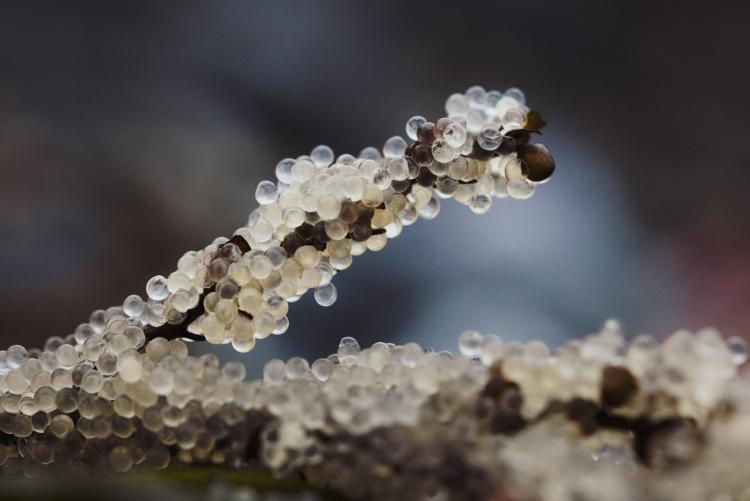
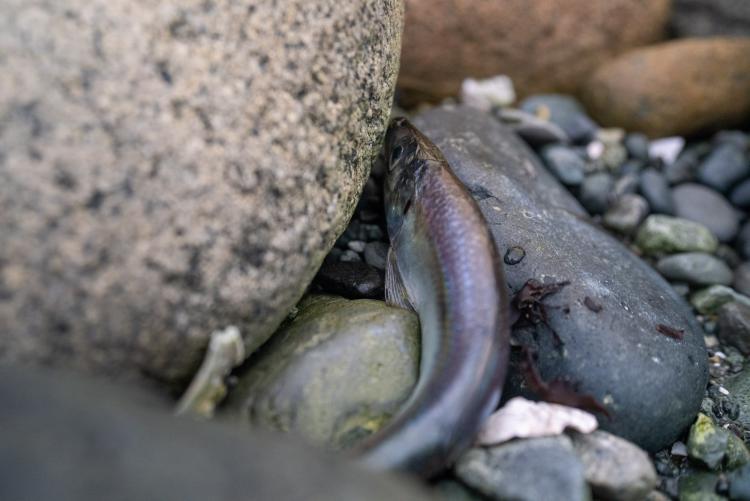
But nature's beauty always serves a purpose, as this regeneration is a critical link in the marine food web. The spawning events trigger one of nature's most impressive feeding frenzies, attracting thousands of seabirds, including gulls, blue herons, ducks, and eagles. California and Steller sea lions arrive in noisy rafts, their barks echoing across the bays. And if you’re really lucky, you might witness orcas or humpback whales joining the feast.
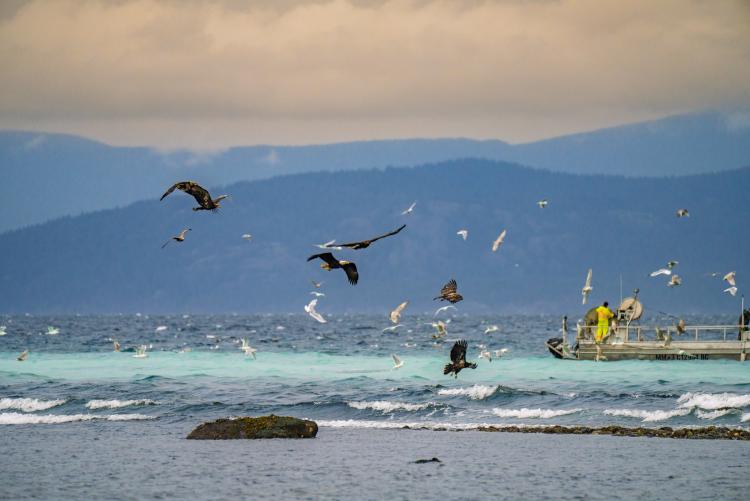
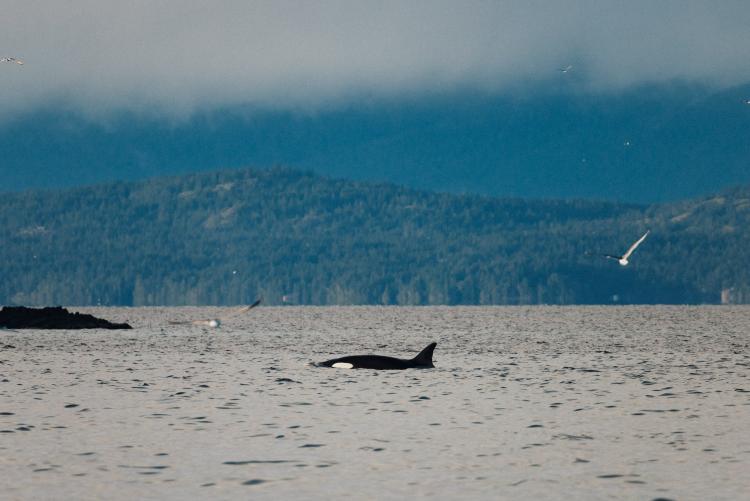
Standing at the shoreline during an active spawn creates a multi-sensory immersion: a choir of gulls overhead, eagles swooping from towering trees to water, and sea lions vocalizing their distinctive calls as waves crash with fishing vessels hovering nearby—all part of nature's grand celebration of renewal.
Where to See the Spawn
The spawn typically begins in the Comox region and progresses both north and south along the coast. While Hornby and Denman Islands are renowned for spectacular spawning events, coordinating ferry schedules with unpredictable wildlife activity can prove challenging. Fortunately, mainland coastal areas like Qualicum Beach, Parksville, and Nanoose Bay offer excellent accessibility and equally impressive displays when the weather plays nice.
While the timing and intensity of spawning events vary every year, to get a sense of scale, here are a list of several locations along Vancouver Island's east coast we were able to catch a spawning in from March 6th-21st in 2025.
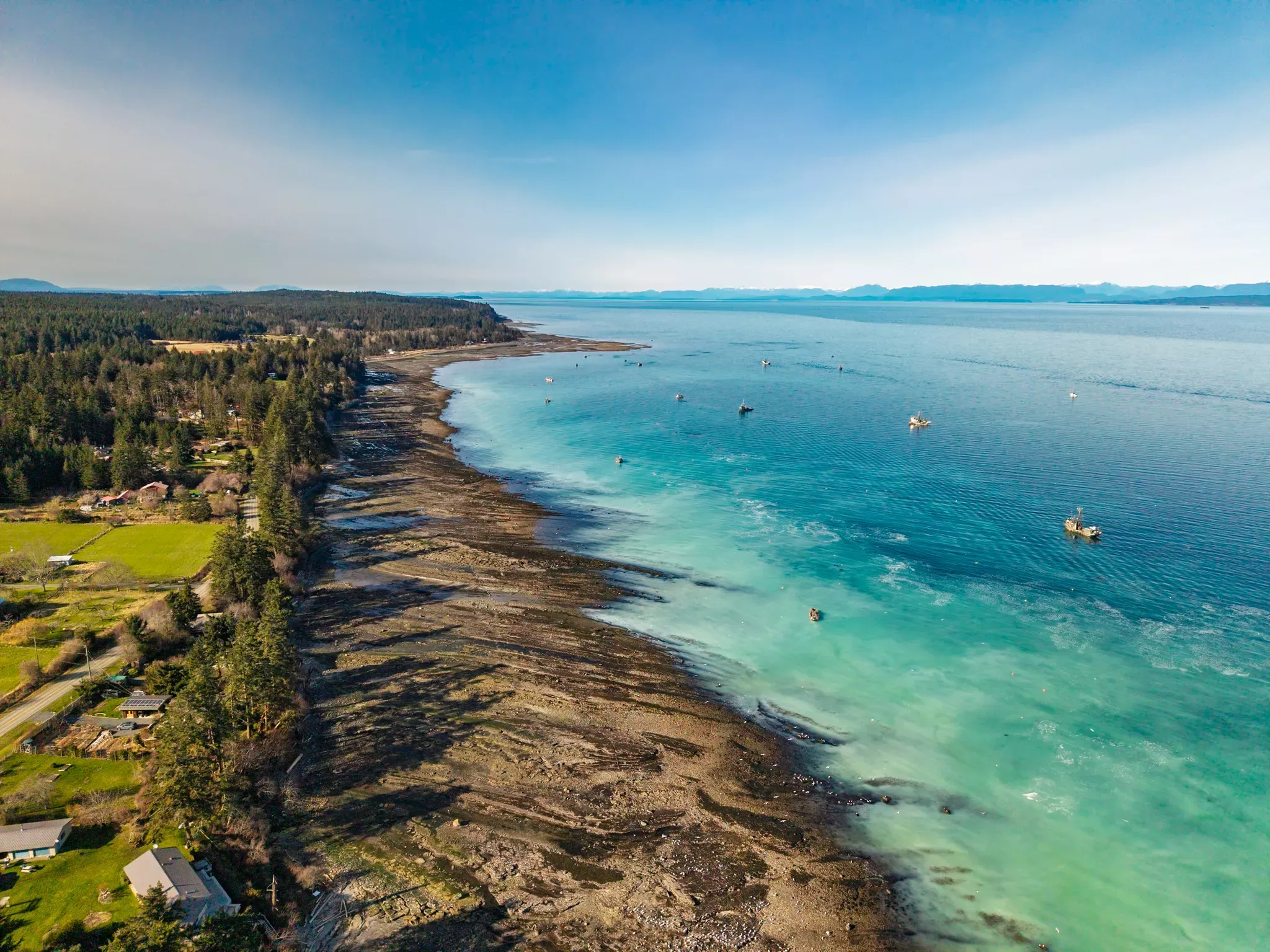
Northern Strait of Georgia:
- Kye Bay (Comox)
- Hornby Island
- Denman Island
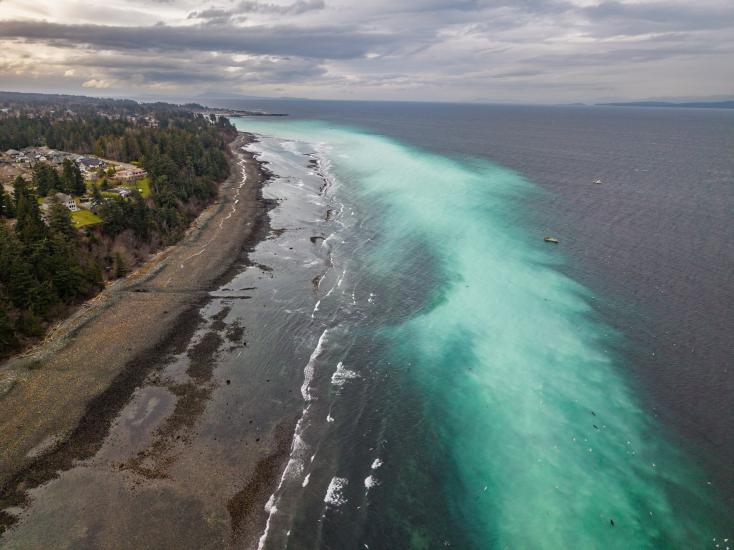
Central Region:
- Deep Bay
- Bowser
- Qualicum Beach
- French Creek
- Parksville Beach
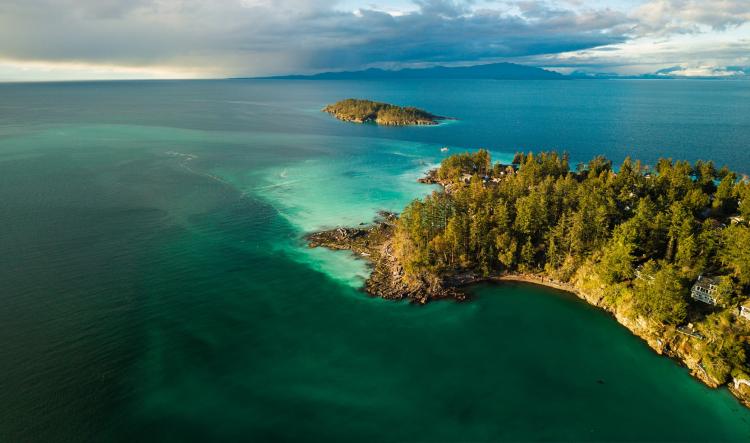
Southern Areas:
- Northwest Bay (Nanoose Bay)
- Neck Point (Nanaimo)
- Pipers Lagoon (Nanaimo)
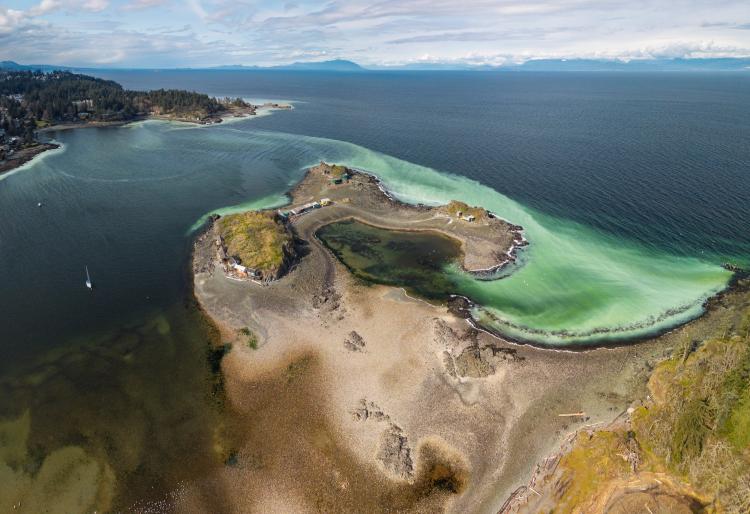
When to See the Spawn
Timing is everything when it comes to witnessing the herring spawn.
The phenomenon usually begins in early March and continues through April, with the most intense activity occurring in early to mid-March.
The 2025 spawn season followed this pattern, with major events beginning around March 6th and continuing steadily through March 13th as the spawn progressed from Comox southward through Qualicum Beach, Parksville, and Nanoose Bay. After a brief lull, activity resumed in Nanaimo from March 18th through the 21st.
Individual spawning events may last as little as one day or persist for several days at a single location.

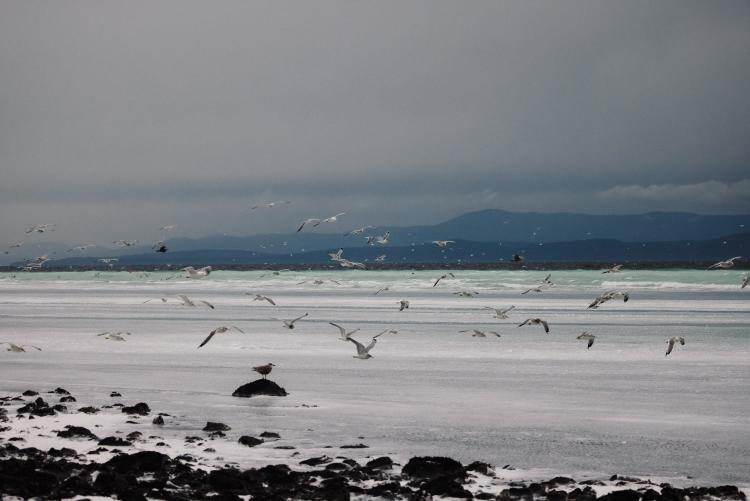
To maximize your chances of witnessing a memorable spawn:
- Connect with the community: Local knowledge is invaluable. Join Vancouver Island wildlife sighting Facebook groups where residents share real-time observations and spawn locations.
- Act quickly: When a spawn is reported, don't delay—some of the most spectacular wildlife gatherings occur during the first 24-48 hours.
- See multiple events: Each spawn offers a unique experience with different wildlife concentrations and visibility conditions. Witnessing several provides a fuller understanding of this natural phenomenon.
- Monitor marine forecasts: Calm, clear days improve visibility and make water-based viewing more accessible and comfortable.
- Timing the tides: Low tides reveal the true scale of egg deposition on beaches and provide better shoreline viewing of feeding wildlife. Meanwhile, incoming tides can bring spawning herring closer to observation points and sometimes trigger new spawning activity. Check tide charts and plan visits accordingly.

How to Experience the Spawn
From Land
The most accessible approach is viewing from shoreline locations, particularly at public beaches and waterfront parks. This method requires no special equipment beyond appropriate outdoor clothing and footwear.
For enhanced viewing:
- Bring binoculars to observe distant wildlife behaviour
- Pack a camera with telephoto capabilities or a smartphone with good zoom
- Visit during lower tides when possible, as this can reveal eggs attached to shoreline vegetation
- Scan for congregations of birds, which often indicate active spawning areas
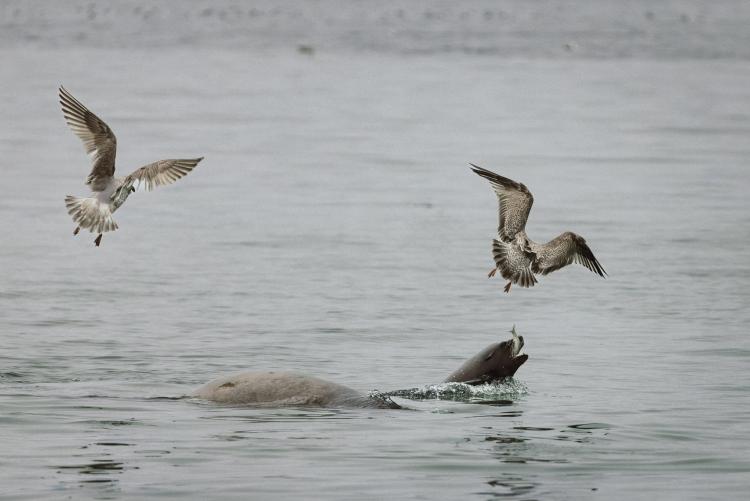
Land-based viewing can be remarkably rewarding, with eagles soaring overhead, flocks of gulls swirling above the water, and sea lions visible from the shore—sometimes even napping on the rocks. Remember, it’s important not to disturb the wildlife, keeping your distance to 50 meters on land and 100 meters in the water for sea lions, 200 meters for humpbacks, and 400 meters for orcas*.
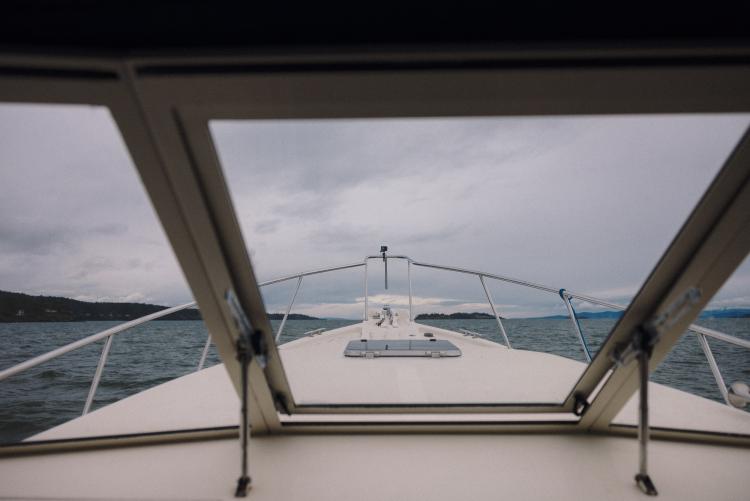
On the Water
For a more exciting experience, viewing from a boat allows closer proximity to marine wildlife and access to areas inaccessible by foot.
The perspective from the water level offers a unique appreciation for the scale and intensity of the spawn.
Options include:
- Charter boats: Coordinating last-minute excursions when spawn activity is reported is sometimes the best option. Luckily, we coordinated with Haida Gold Ocean Adventures to get out on the water for the herring spawn in Parksville.
- Kayaks and paddleboards: For experienced paddlers, these provide an intimate, low-impact viewing method in protected waters, but be smart and keep a good distance from wildlife.
Water-based viewing provides opportunities to witness sea lion colonies up close and potentially encounter larger marine mammals attracted to the abundance of food.
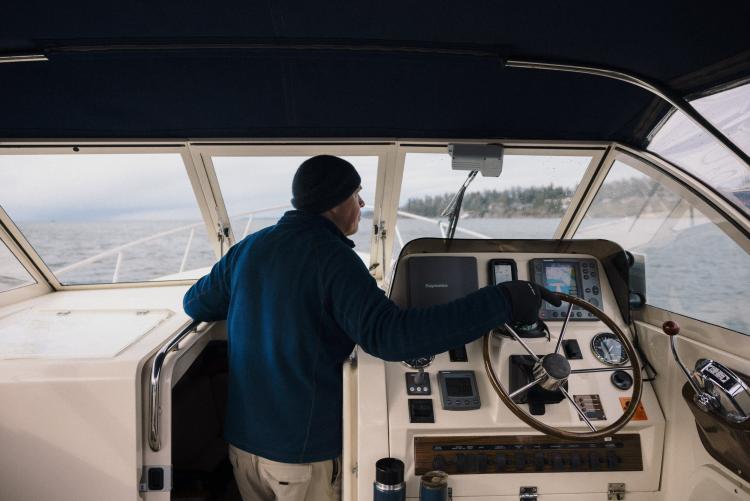
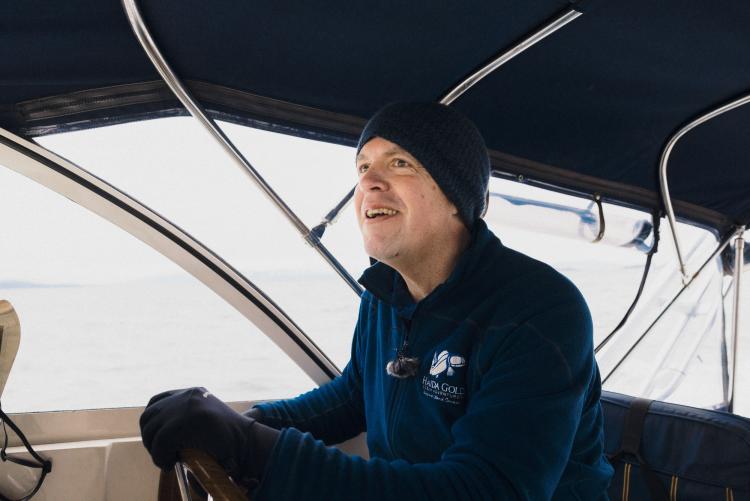
The Complete Experience
The herring spawn represents Vancouver Island dynamically wild beauty —a natural spectacle that connects marine ecology, wildlife behaviour, and coastal communities in a remarkable rhythm.
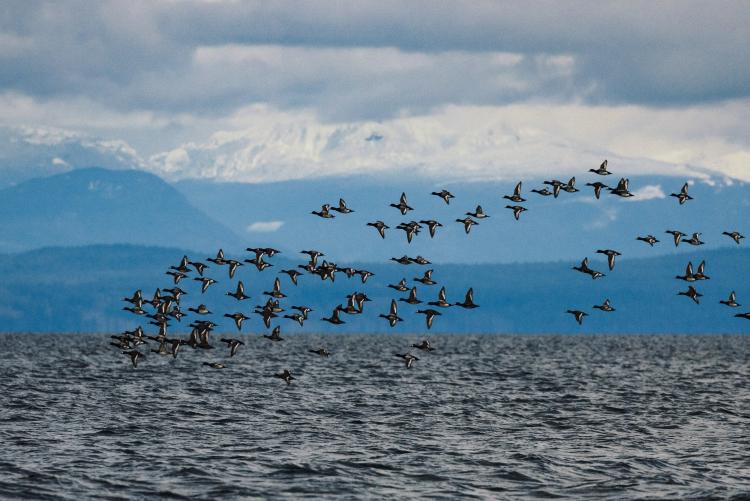
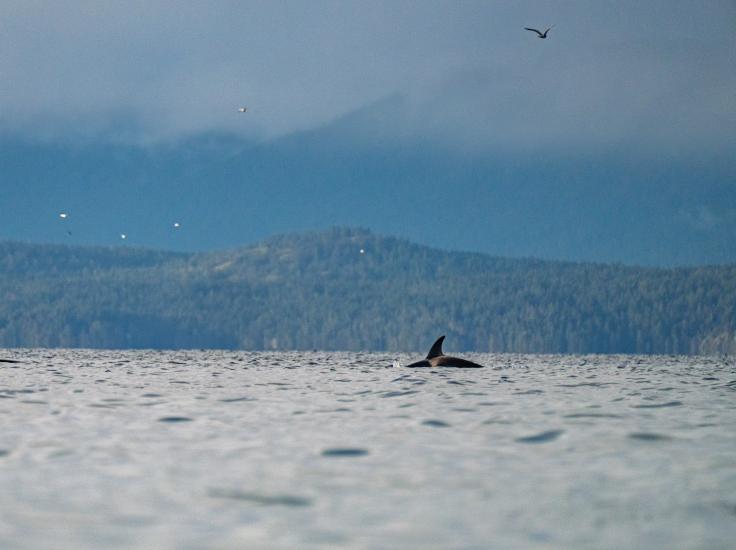
By combining land and water viewings across multiple locations and spawn events, you can gain a comprehensive understanding of this critical ecological phenomenon. From the milky turquoise waters of Parksville Beach to the sea lions attracting orcas in Nanoose Bay, each location offers its own unique perspective on one of nature's most critically beautiful events.
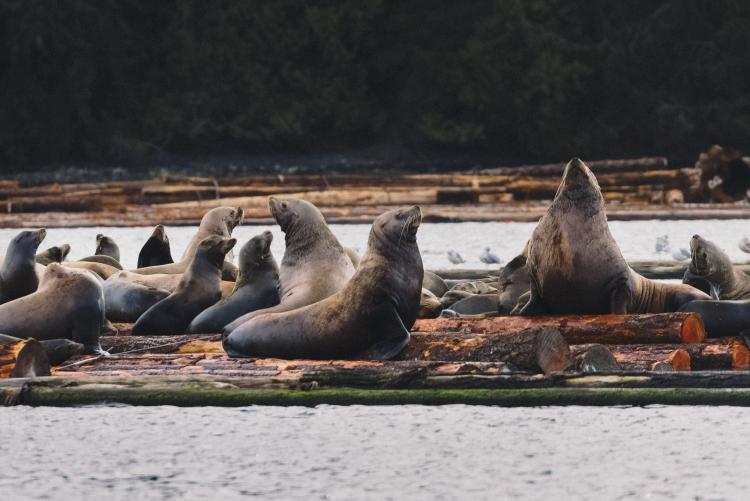
The herring spawn stands as a testament to this region’s extraordinary biodiversity and a reminder of our responsibility to protect these keystone species for generations to come. For those willing to track its unpredictable patterns and adjust plans accordingly, it delivers an unparalleled wildlife spectacle that signals the true arrival of spring on Canada's Pacific coast.
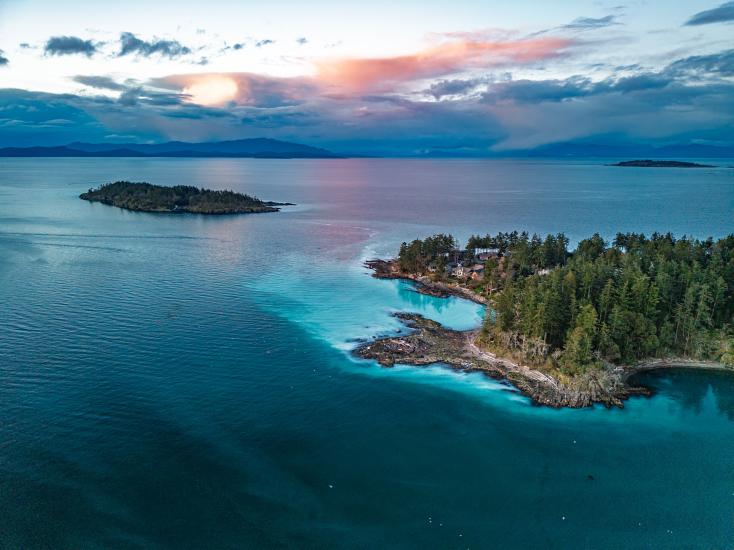
How We Captured The Spawn
Most of our wildlife shots were captured using 400mm lenses shot at 40-60mp with cropping to help bring you closer to the action even at a distance.
For aerial coverage, the DJI Mini 4 Pro and Air 3S offered a combination of quality while being smaller and less invasive drones with zoom capabilities.
While it can be tempting to fly right up to wildlife, it’s crucial to know the laws & regulations and respect the wildlife in their natural habitat.
All Images were captured responsibly with proper wildlife distances according to Fisheries and Oceans Canada (DFO)
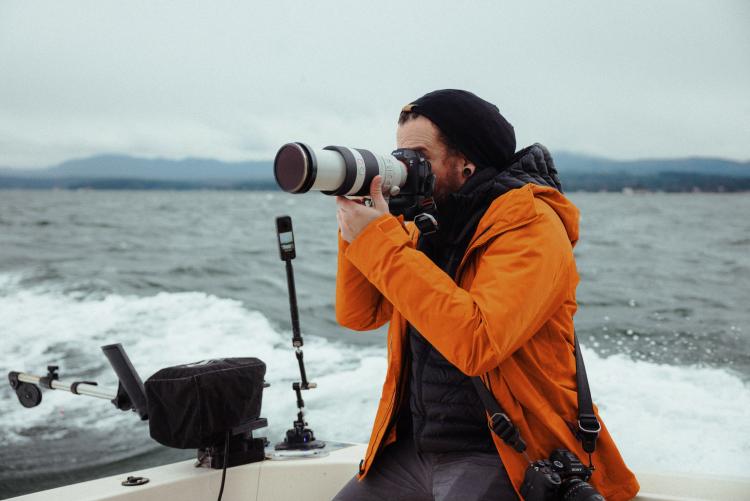
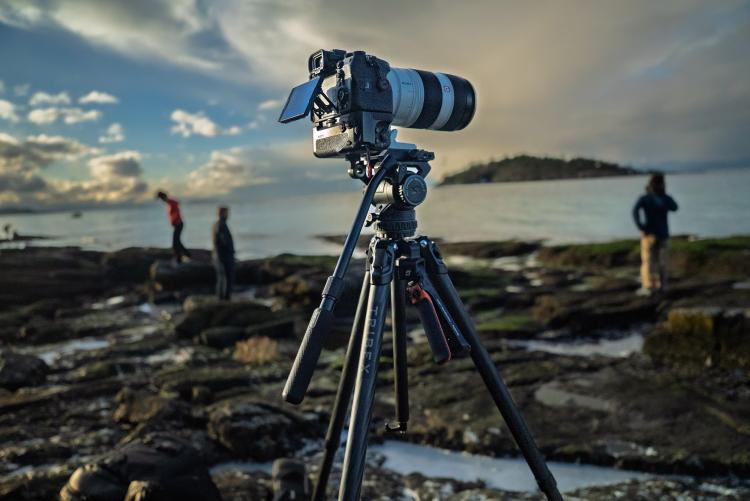
Spacious 30ft charter boat for sportfishing, scenic ocean & wildlife tours, and offshore adventures.Get out on the water...
